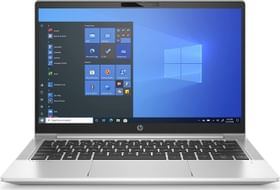Earlier on Wednesday, South Korean tech giant Samsung announced the development of the industry-first GDDR7 DRAM that will likely hit the market later next year powering all sorts of graphics-intensive devices including AI, automotive vehicles, computers, etc.
Samsung added that the 16GB GDDR7 DRAm modules with deliver the highest speeds ever. Made using Pulse Amplitude Modulation-3 (PAM3) technology, the GDDR7 memory module offers higher bandwidth compared to PAM2 used by GDDR6 thanks to a tweak to signal modulation. All in all, the memory module can fetch a 40% hike in terms of bandwidth speeds from 1.1TBps in GDDR6 to a whopping 1.5TBps in GDDR7.
For the unaware, the GDDR6 was launched last year with 1.1TBps bandwidth and 24Gbps per pin data rate. The latest GDDR7 can fetch up to 32Gbps per pin data rate which is significantly high but not as per what Samsung claimed earlier at 36Gbps. However, Samsung could boost its per-pin data rate in the future as it did with GDDR6 which made its debut at 14Gbps and received a wholesome upgrade to 24Gbps down the line.
Moving further, the GDDR7 offers 20% more efficiency than GDDR6 as it is optimized to function excruciatingly faster on high-speed operations. Samsung has also worked on a new epoxy molding for the module that prevents overheating. In fact, it has effectively reduced 70% in package thermal resistance when compared to the predecessor aka GDDR6.
As of now, Samsung stands as the first manufacturer of the GDDR7 model industry-wide. However, other manufacturers are working on the tech too such as Cadence and Micron. For Samsung’s GDDR7, there’s still a long way to go before these modules are flagged off for mass production. As per the timeline, GDDR7 DRAM will be set off for testing by key partners later this year followed by the first line of products hitting the market next year. As of now, there are no dates available so we will have to wait for more.

































